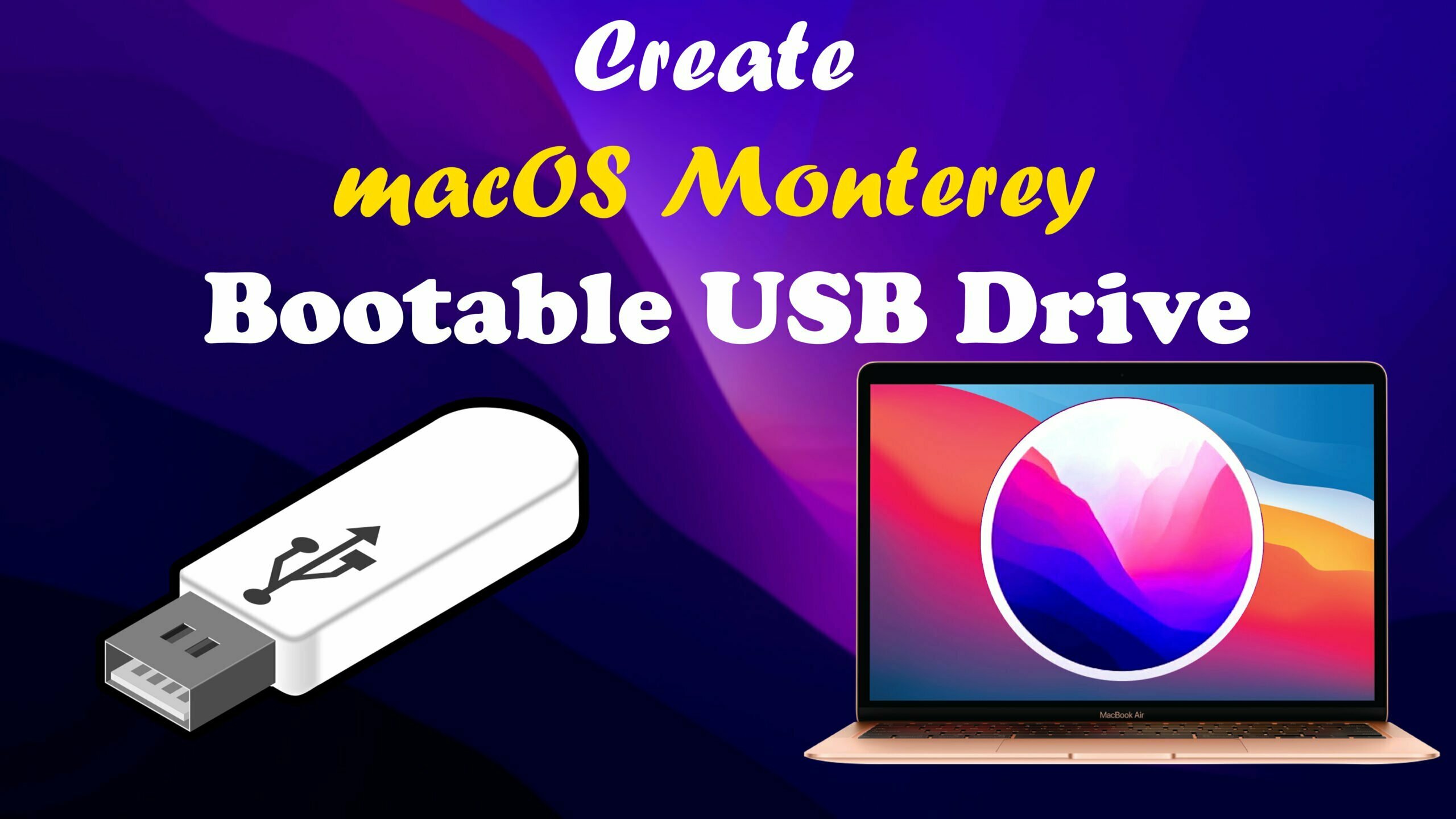

Before starting the USB drive, you must first format it as Mac OS Extended (Journaled), and then create a bootable USB drive. For Mac users, Apple recommends visiting the Apple support website to learn more about USB boot media.īefore you begin, you should first be aware of a few things. If you’re using USB media, you should change the BIOS boot order to make sure you’re using the most recent version.

The boot order of a computer instructs it which devices should search for the software required to launch the computer and which should be prioritized in that search. It is not difficult to get your computer up and running using USB rescue media, but the first step is to adjust the BIOS.
/multibootfinal-58dc10785f9b58468332f33b-5be9e714c9e77c005105e3fd.jpg)
Even if your operating system is not installed, you can use some general guidelines to get your machine up and running. The Linux operating system will be booted into the Mac when a USB drive is connected.ĭepending on how you use your operating system, you can start your rescue media with one click. On the USB drive that has been connected, select it. At the top of the boot options menu, you’ll find a boot option. Hold down the Option key while your computer boots to boot the drive. After receiving a USB drive as an ISO file, the tool creates a bootable Ubuntu USB drive. Disk Creator is a feature included with the Dash that can be found on Ubuntu. By clicking the Install button, Linux users can create Bootable USB.

You might see it on your boot drive, which should be referred to as the Macintosh HD, and possibly on another USB drive called EFI Boot. How do I make a bootable OSB for my Mac? The first step in booting Linux is to insert your USB stick into the appropriate slot. Once the dd command has finished, you can eject the USB drive and use it to install macOS on a Mac. Replace /dev/sdb with the path to your USB drive. To do this, open a terminal window and type the following command: sudo dd if=/path/to/installation/file of=/dev/sdb bs=1m Replace /path/to/installation/file with the path to the macOS installation file. Once you have the USB drive and the installation file, you can use the dd command to copy the contents of the file to the drive. This file can be downloaded from the App Store. You will also need the macOS installation file. Before you begin, you will need a USB drive with at least 8 GB of storage. This command will copy the contents of the macOS installation file to the USB drive. If you want to create a bootable USB drive for macOS on Linux, you can use the dd command.


 0 kommentar(er)
0 kommentar(er)
